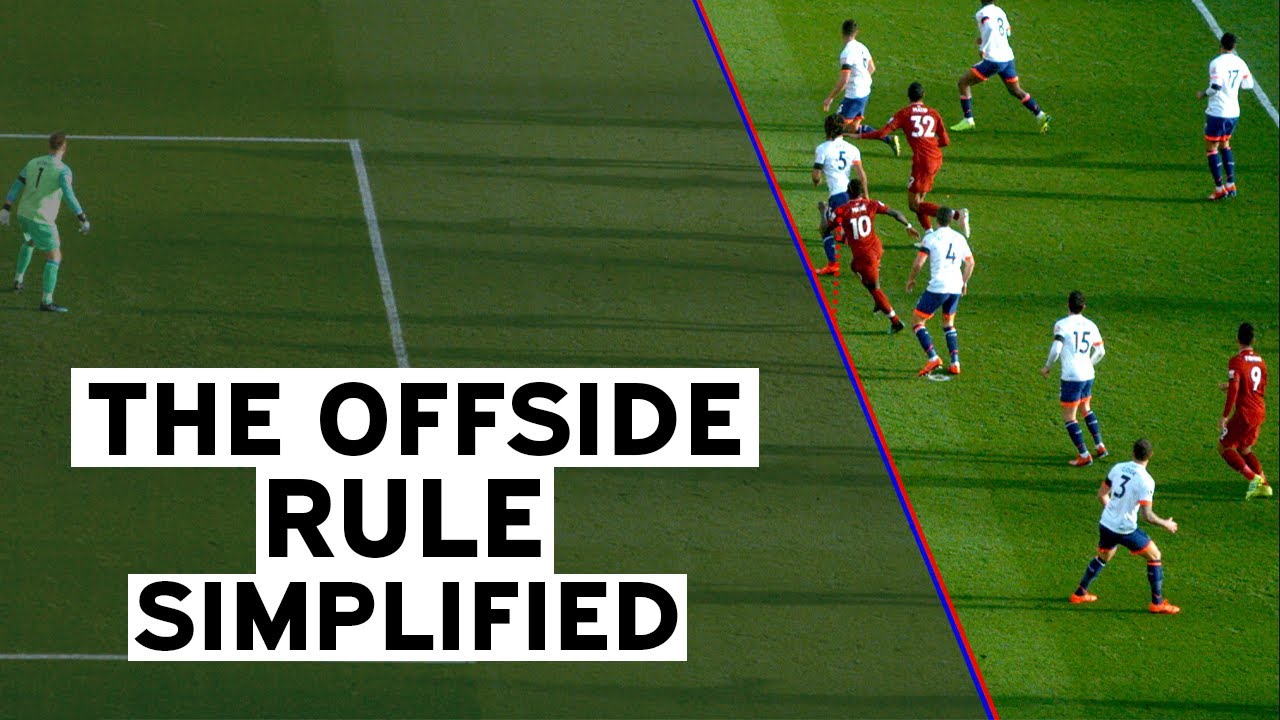Football is not only an exciting sport but also a battle of tactics, where every ball and every move can decide the outcome of the match. Among the important rules, offside is one of the most complicated and controversial rules. There have been situations where goals were disallowed due to offside, leaving players and fans feeling regretful. But what is offside, when is a player considered offside, and how to effectively break the offside trap? In this article, 365JL will help you understand each aspect of the offside rules.
What is offside?

Offside is a common foul in football, occurring when a player is closer to the opponent’s goal than both the ball and the second opponent (excluding hands and arms) at the time a teammate passes the ball or touches the ball. This is the most common football term.
The offside rule was established to ensure fairness and prevent attacking players from taking advantage of their position too close to the opponent’s goal to score easily.
Offside rules in football – A deeper understanding of FIFA’s Law XI

Offside rules in football -What are offside situations in football?
According to FIFA’s Law XI, common offside situations in football are as follows:
Standing in the opponent’s half of the field.
Being in front of the ball at the time a teammate passes or touches the ball.
Standing closer to the opponent’s goal than the second-last opponent (usually the last defender other than the goalkeeper, but not required).
Actively participating in the ball situation, including:
Playing or touching the ball when it is passed by a teammate.
Obstruction of the opponent’s vision or ability to play the ball.
Benefiting from an offside position when the ball bounces off a tackle or touches an opponent.
In other words, being offside is not simply about being in the wrong position, but also having an impact on the ball situation for it to be considered offside.
Real-life example: Suppose a striker is standing right next to the opponent’s goal when a teammate crosses the ball. If the striker receives the ball and scores, but is closer to the goal than the last defender, the referee will blow for offside. But if he is not involved in the ball situation and another player finishes, it is not considered offside.
When is a player NOT penalized for offside? – Offside rules
Even if a player is in an offside position, he will not be penalized if he receives the ball from one of the following situations:
Throw-in – Because, according to the law, offside does not apply to the ball being put into the field from a throw-in situation.
Corner Kick – When the ball is kicked from a corner, a player who is closer to the opponent’s goal than the last defender is still allowed to play the ball without being called offside.
Goal Kick – If the goalkeeper kicks the ball up, the player in an offside position can legally receive the ball.
No Interference – If a player is standing in an offside position but is not involved in the ball situation, not affecting the opponent, the referee will not call offside.
The Significance of the Offside Rule in Football Tactics
The offside rule not only helps maintain fairness, but also has a great influence on the playing tactics of football teams.

Impact on Attacking Tactics
Forwarders must learn to move intelligently to avoid falling into an offside position.
Many teams use the tactic of running to break the offside trap, helping the forward move horizontally to receive the ball legally.
The through pass is often used to help the forward receive the ball before the defender can trap the offside trap.
Real-life example: Cristiano Ronaldo and Kylian Mbappé are two players who are good at breaking the offside trap thanks to their speed and ability to read situations. They often stay close to the last defender, waiting for the right moment to accelerate when their teammates pass the ball.
Impact on defensive tactics
Teams can use the offside trap to force the opposing striker to be caught offside.
Defensive lines will keep a reasonable distance to not create large gaps for the opponent to exploit.
Defensive lines can push up in unison to push the opposing striker into an offside position.
Real-life example: Teams like Manchester City and Bayern Munich often play with a high defensive line, using the offside trap to limit the opponent’s playing space.
